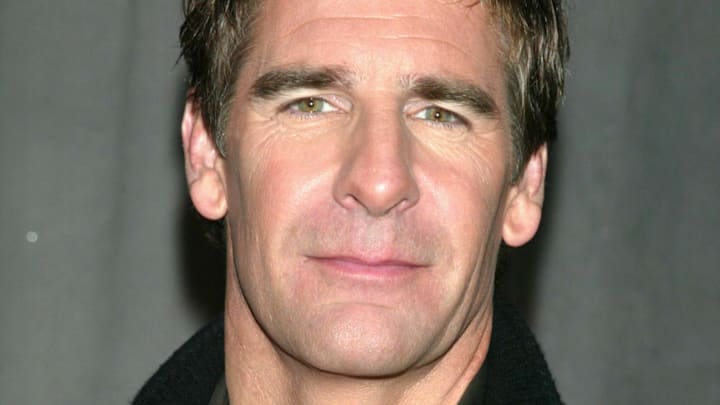Life in America after September 11, 2001, changed the country forever. For many, the attack on the Twin Towers shattered their sense of security and safety. Fear prevailed for weeks and even months after, mostly of another unexpected attack. Some people escaped into television shows, and if they had access to the United Paramount Network (UPN), they would have seen a new show called Star Trek: Enterprise (although the Star Trek header would only appear in seasons 3 and 4).
While this new Star Trek show was not the network's first (that was Voyager, which premiered in 1995 and ran for 7 seasons), Enterprise was the franchise's first prequel to the original series. The events take place approximately 100 years before Captain Kirk and his crew left for their five-year mission. Those viewers who tuned in had a lot of questions: Who first pitched the idea of a prequel? How did they snag veteran TV actor Scott Bakula? What is it with "Faith of the Heart," anyway? Let's leap back in time (please pardon the pun) and discover how Enterprise came to be.
Berman and Braga return to the franchise drawing board
As the new millennium approached and other Star Trek series like Voyager were reaching the end of their runs, Paramount turned to the talents of Rick Berman and Brannon Braga, the duo who had been so successful with Star Trek: The Next Generation and Voyager. Neither wanted to tie this new series to any Star Trek shows that existed in DS9's era, so they flipped the script by designing it as a prequel to The Original Series (1966-1969).
As ideas formed and the show began to gel, Berman and Braga decided that Enterprise should fill in the years between Earth's first contact with the Vulcans. The launch of the Enterprise (NX-01) marked the first starship capable of Warp 5, and it was humanity's first steps into deep space. Given its setting and its place in the Star Trek timeline, the show's creators returned to basics by mirroring the strong central trio that had worked so well in the past: the ship's handsome Captain Archer, the patient yet often annoyed Vulcan, T'Pol, and a dependable third party (Commander "Trip" Tucker) to match his captain's energy.
Attracting an audience
As pre-production on Enterprise continued, one challenge that Berman and Braga faced was how to attract an audience to a Star Trek series that had no predecessor to call back on. While the new show began the timeline as fans know it, its existence as a prequel set 100 years before Captain Kirk, Mr. Spock, and the beloved crew of the NCC-1701 would make guest appearances from that era all but impossible.
With no major guest stars to pull in viewers, Berman and Braga instead began to create characters that they could easily relate to, much like Berman's involvement in creating likeable humans in the past with Ben Sisko (Berman and fellow Star Trek: Deep Space Nine creator Michael Piller) and Captain Janeway (created by Jeri Taylor along with Piller and Berman). They wanted to give those watching the show some characters they could bond with, much like viewers in the past bonded with Kirk, Spock, and other characters from The Original Series — and give Enterprise a chance to thrive.
Join us soon for part 2 of our Enterprise deep dive, where we'll find out one of the strangest clauses ever added to an actor's contract, the controversy behind the show's theme song, and much more! For more Star Trek content, visit the Redshirts Always Die Facebook and X pages.
